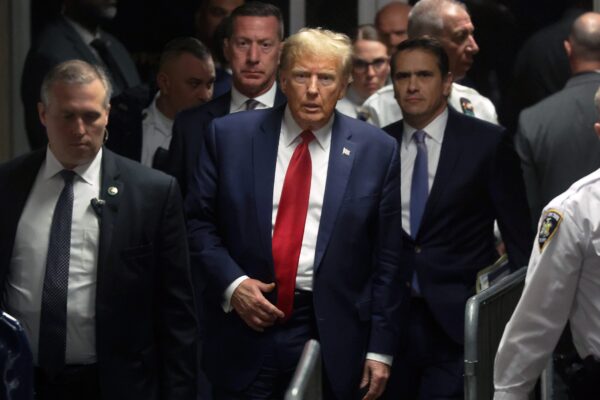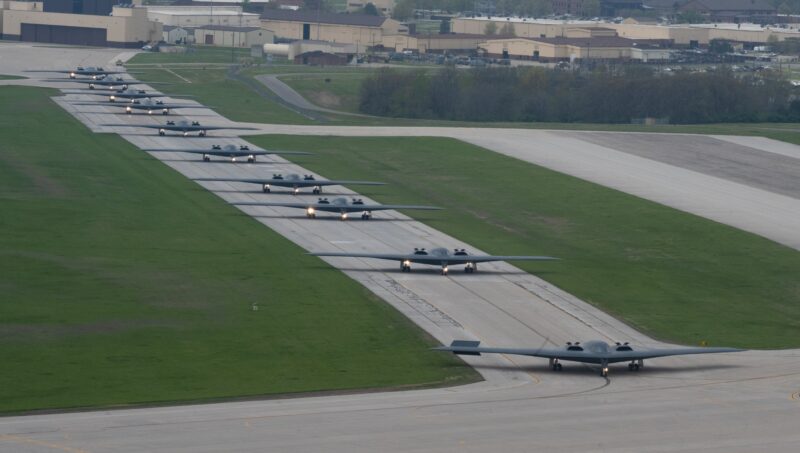- India is rapidly becoming a new coronavirus hotspot after surpassing Russia to record the third-largest coronavirus caseload in the world.
- A lack of testing and a complacent attitude surrounding the virus is thought to be the blame for the emergence of new clusters seen especially in megacities like Mumbai and Delhi.
- Even though lockdown measures were eased in May, cities are now planning to reimpose some rules to stop the virus from spreading.
- Scroll down to see how India, the world’s second-largest population, is handling the coronavirus pandemic.
- Visit Insider’s homepage for more stories.
India is rapidly becoming the next global coronavirus hotspot after the country surpassed Russia to record the third-largest caseload in the world.
The country saw a huge spike in cases last month, even though it reported its first case back in January and imposed one of the world’s strictest lockdown measures from March to May.
But despite authorities implementing strict measures, many Indian’s are still complacent about the dangers of the virus, and a lack of testing is making it impossible for authorities to clamp down on the virus.
Scroll down to see photos of how the world’s second-largest population is handing the coronavirus pandemic.
Last weekend, India surpassed Russia to record the third-largest coronavirus caseload in the world.
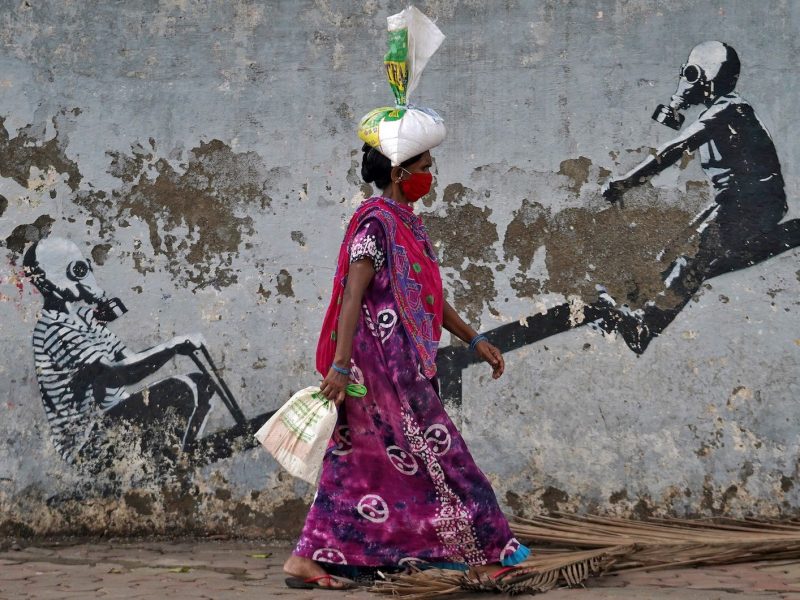
At the time of writing, India has more than 820,000 confirmed coronavirus cases, although it has managed to keep its death rate relatively low at just over 22,000 deaths.
Source: Johns Hopkins University, Business Insider
The country is still struggling to contain the virus, even though it recorded its first case back in January and imposed a strict lockdown from March to May.
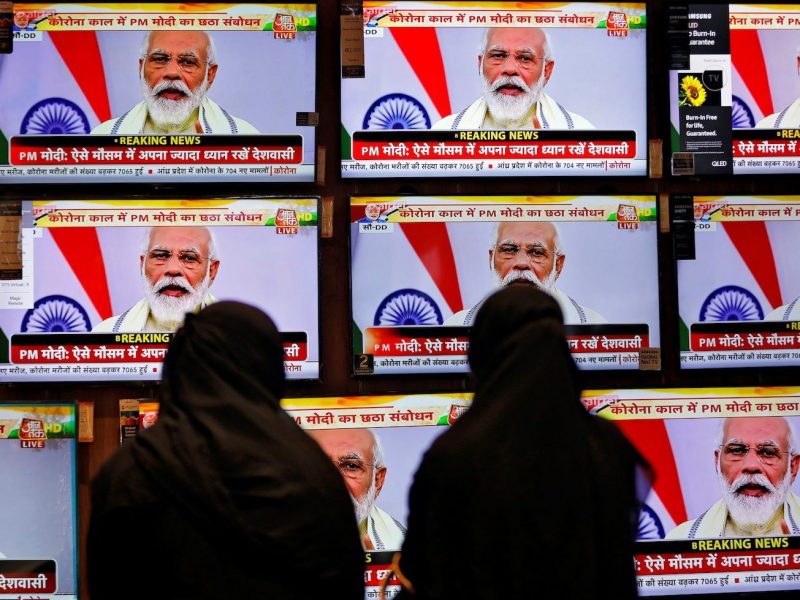
Back in March, Prime Minister Narendra Modi imposed one of the world's strictest lockdown measures, leaving many of its 1.3 billion citizens jobless and without food.
In a weekly radio address to the nation, Modi said he was sorry for the impact the strict stay-at-home measures had on people but added that there was "no other way" to stop the spread of the virus, according to the BBC.
"Especially when I look at my poor brothers and sisters, I definitely feel that they must be thinking, what kind of prime minister is this who has placed us in this difficulty?" Modi said. "I understand your troubles but there was no other way to wage war against coronavirus... It is a battle of life and death and we have to win it."
The lockdown has since been lifted, although schools, transportation in cities, cinemas, gyms, and swimming pools remain closed and international flights are still grounded, the Guardian reported.
There is a lack of coronavirus testing as labs across the country struggle to keep up with demand.

In India's most populous state, Uttar Pradesh, one testing lab serves around 30 million people, according to the Guardian.
While the country has tried to ramp up testing in the last few weeks, it's still only limiting it to a pool of high-risk people and their contacts, the BBC reported. This is stopping health officials from discovering new cases that have emerged undetected in the community.
Source: The Guardian
Even though wearing a mask is mandatory and parts of public transport have been suspended, many Indians are still complacent about the dangers of COVID-19, according to health experts.
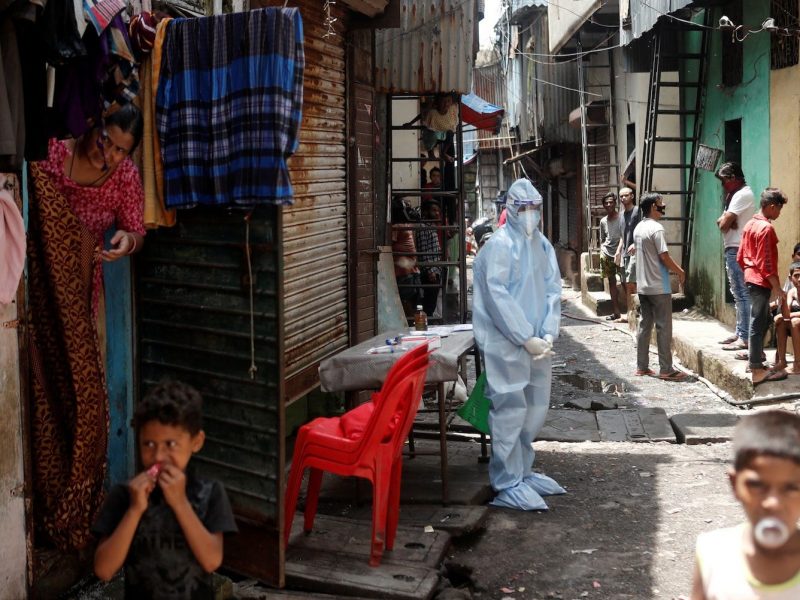
Source: The Week
Jayaprakash Muliyil, an epidemiologist at the Christian Medical College in Vellore, Tamil Nadu told Nature journal: "The general population's anxiety about the disease is low."
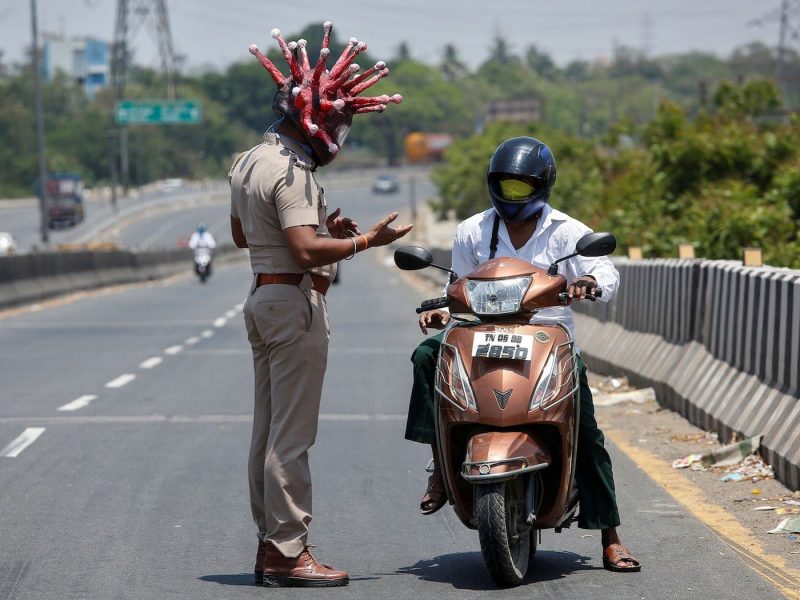
Source: Nature
For many health experts, the mindset around the virus is worrying especially as megacities, like Mumbai, Delhi, and Chennai, witness large clusters of new infections.

Dr. Preeti Kumar, a vice-president at the Public Health Foundation of India told the Guardian: "In India, this is a concentrated epidemic, it is very urban-centric. While rural areas seem to have it more under control, the way the virus has been spiking in our densely populated big cities indicates the epidemic will continue here for some time."
On top of this, thousands of healthcare workers have reportedly become infected on the frontline or are increasingly reluctant to risk exposure.
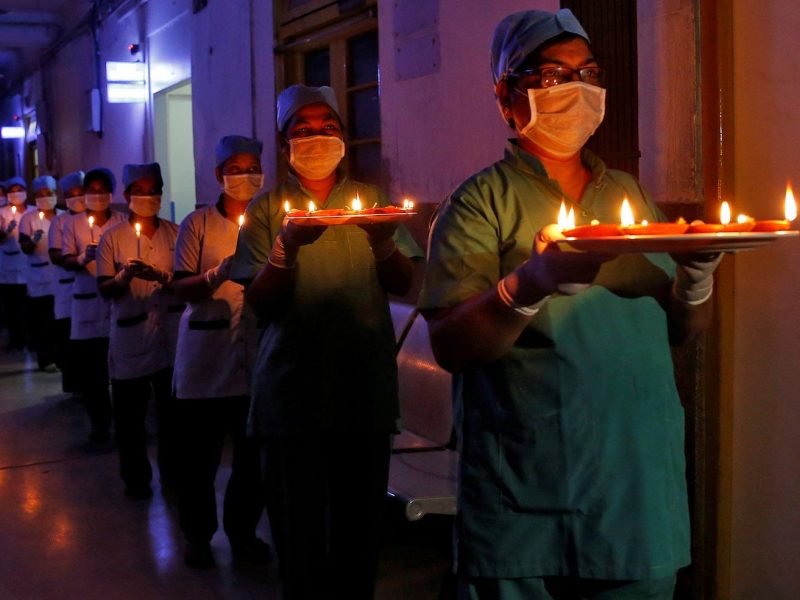
Source: The Guardian
However, recent data published by the BBC revealed that people who have been diagnosed with COVID-19 are recovering from it faster than they are dying from it.
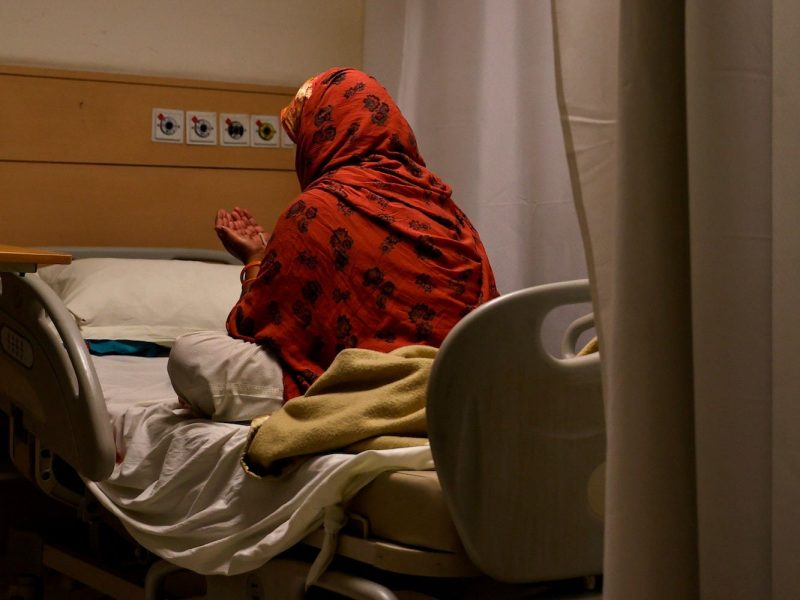
Source: BBC
The death rate in the country of 1.3 billion people is also low compared to others. Currently, it has had more than 21,000 fatalities, ranking it eighth in the world.
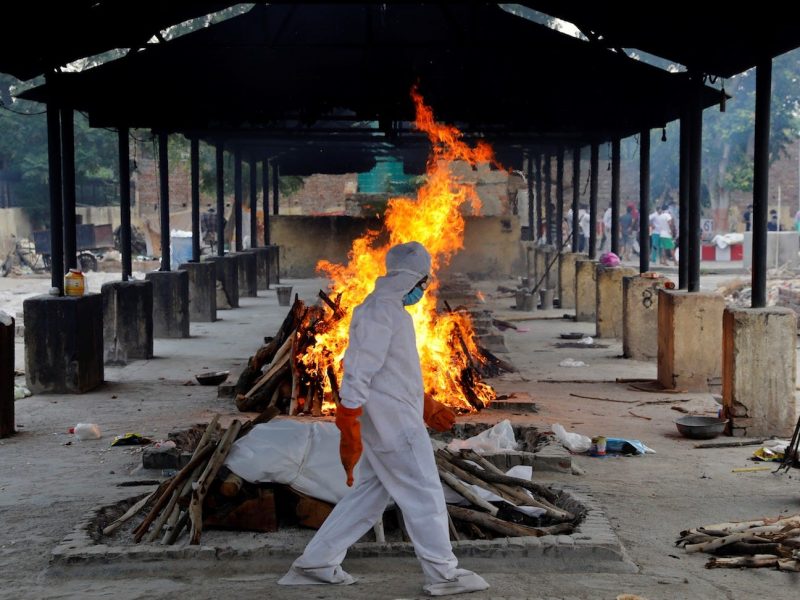
Source: Johns Hopkins University
But this hasn't stopped officials from reconsidering new measures. Prime Minister Modi opposes a new national lockdown but some cities are preparing to reimpose the restrictions in 10-day phases.

Source: Business Insider
The country is still months away from reaching its peak, with the vice-president at the Public Health Foundation of India telling the Guardian: "We are definitely entering a worrisome phase of the epidemic."

Source: The Guardian






